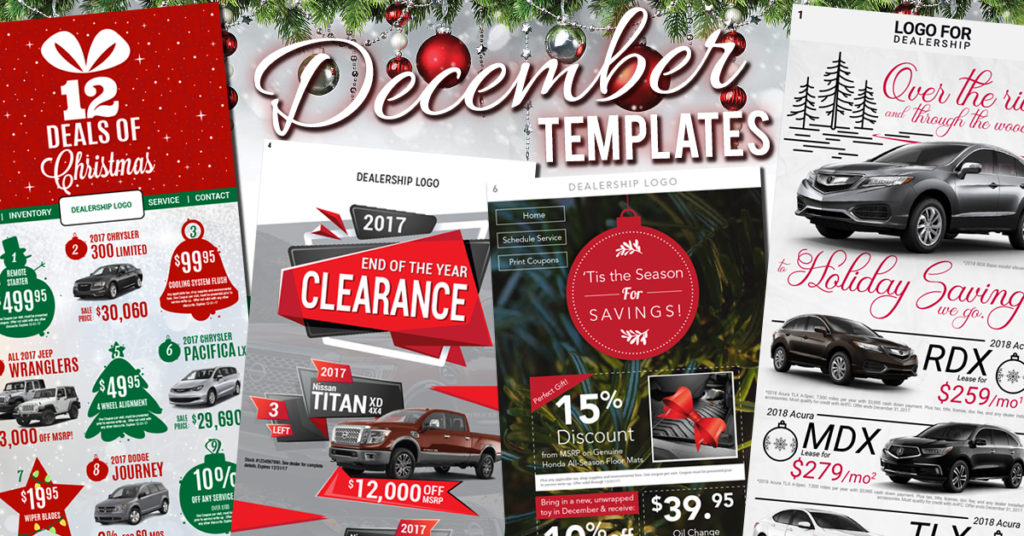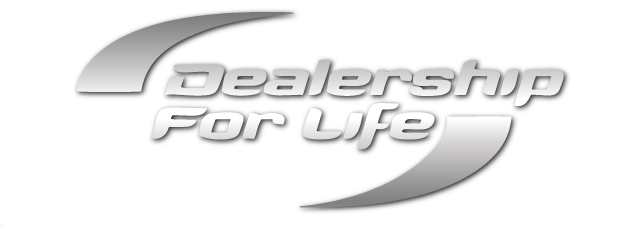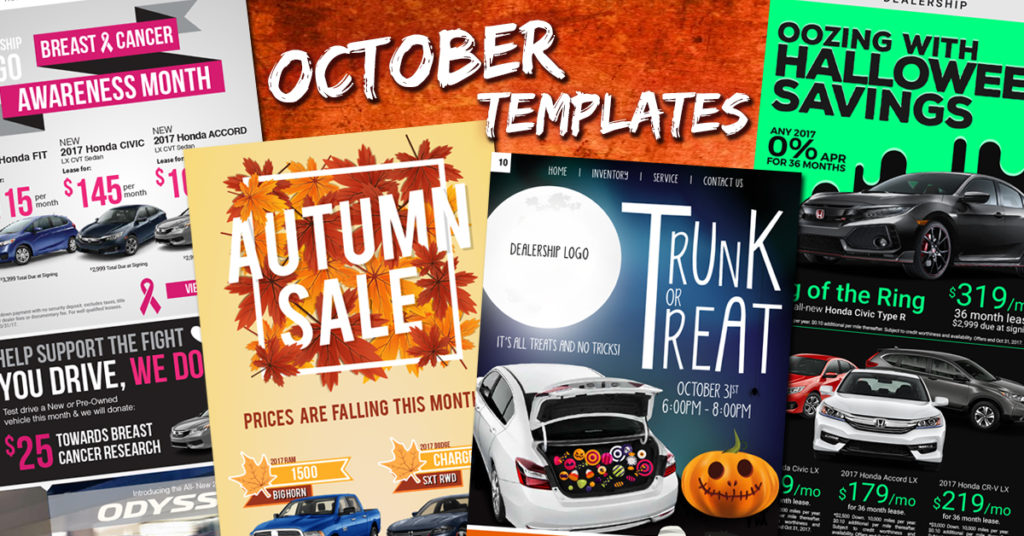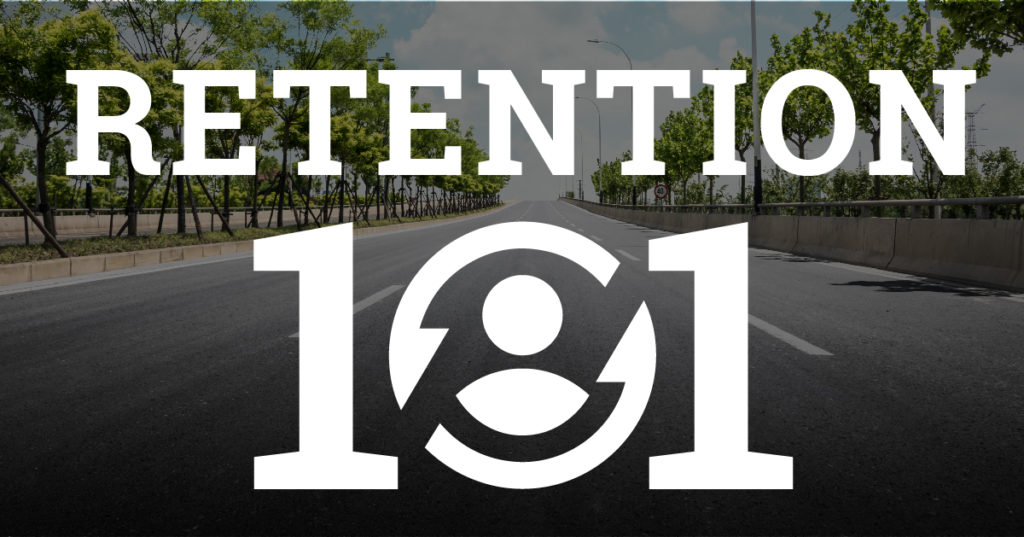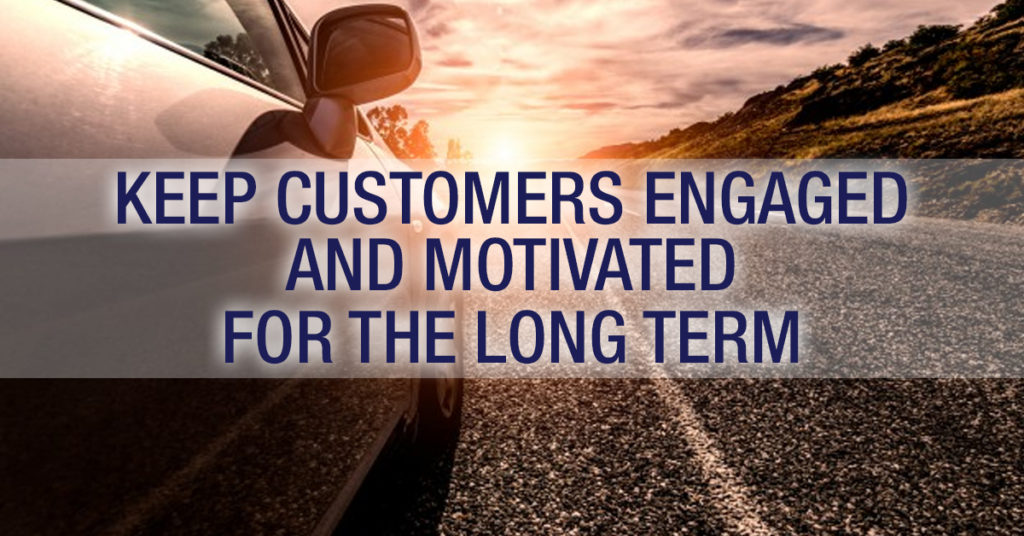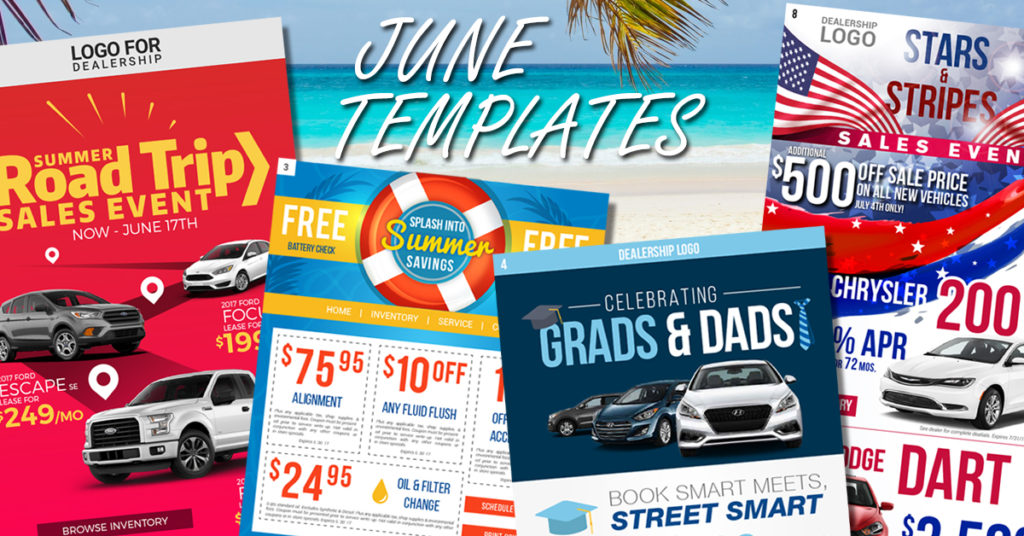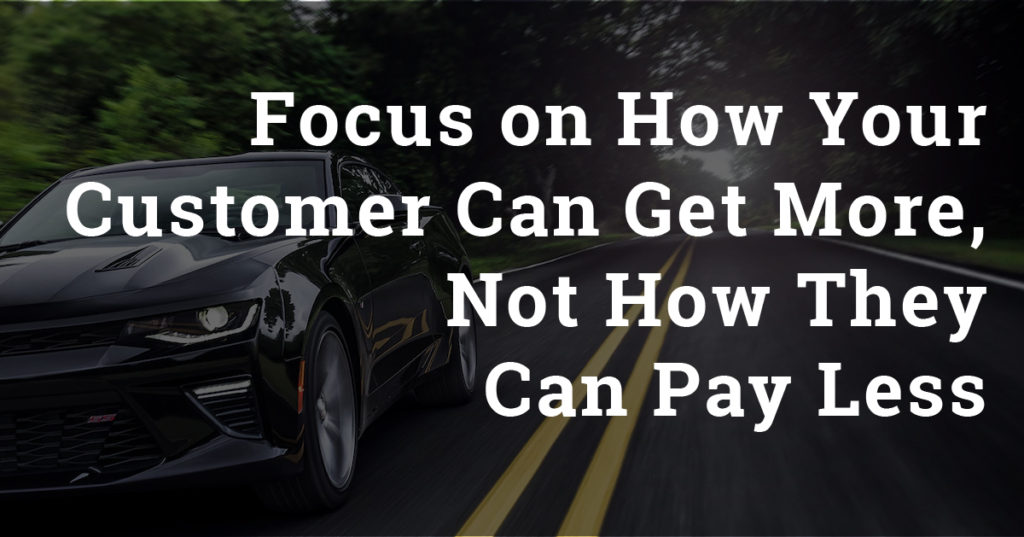
Is it even possible for customer to get more and not pay less? I’m not talking about the services most dealerships offer to their customers, such as shuttle service, complementary beverages, Wi-Fi and snacks. I’m talking about offering something unique — something that stands out and that every vehicle owner needs. Having all the right people, processes and training has always been an essential part of creating a successful business; today, though, that has become the base expectation of every business. We’ve always focused on creating a great customer experience. Great customer experiences, however, are defined by the individual.
A New Direction
Nine years ago, I accepted a service director position at a dealership in Maryland. This dealership had been in business 40 years, was family owned and well-established in the community. During my research, I had discovered the fixed operations department was operating at what we might call ”Industry standards.” With the staff of three service advisors and 12 technicians, it produced an average 40 repair orders per day at 1.6 hours per RO. The average gross profit in a month was just over $90,000, and sales to service new car retention was at a “comfortable” 30 percent. Used car retention was not measured other than by brand; the industry standard at that time was between 18 to 25 percent.
Three months prior to my coming on board, upper management had decided to move in the direction of branding the company through a loyalty program that would benefit all customers who purchased from the dealer. This program offered an array of benefits to the customers. When they revealed these benefits to me, I found them to be quite aggressive. They included complimentary oil changes, tire rotations, multi-point inspections, car washes and a lifetime engine guarantee (on the condition the customer performed all recommended preventative maintenance at our store). This was all included with the complimentary services already supplied, such as shuttle service and towing. The program also offered rewards points for purchases. When this program was explained to me, several things came to mind, mainly cost and manageability.
Train the Staff, Educate the Customer
With this program, we were building our own brand, and creating a culture of who we were and what we would do for our customers. It was a unique culture because we were providing services in such a way that others were not.
This required the staff to fully understand the value customers would receive from our brand, and utilizing word tracks and proper body language to deliver the same message to every customer is critical.
My daily activities as a director quickly shifted from mostly office work and minding numbers to actively listening to and guiding service lane staff. It was managing from the sidelines versus the locker room. Based on the services offered complementary to all customers who purchased a vehicle, growth of fixed operations happened very quickly. With the number of cars we were selling per month, I knew I had to think ahead on how I would handle the volume in three months, in six months and even a year into the future.
The next step was to help my staff understand that customers spent three to five hours with the sales staff purchasing that vehicle, and they would spend the next three to seven years as a service customer. In transforming them from sales customer to service customer, it was now the service staff’s responsibility to fully explain the way we did business through our value-added loyalty program. Every employee had to learn and explain the program in the exact same way to every customer. Once again, training and listening everyday was the key to the successful building our brand. Our training sessions were held bi-weekly as a group and based on the events and numbers generated during that time. That training was continuous.
One Year Later…
Our sales to service retention had climbed from 30 percent to 85 percent with an overall customer service retention of 74 percent. Email capture rates had increased dramatically because this is how we were now marketing ourselves. Outside advertising expenses had dropped more than 80 percent. CSI scores were rising fast due to happy customers feeling good about how we were “investing” in them. And where last year CSI average score was 78, we were now tracking in the mid 90s.
Word of mouth was on the move throughout the community about our new way of doing business — and business was much better.
Our average hours per RO was now trending at 2.2. We now had four service advisors and three more techs. Repair order count climbed to an average 65 per day.
In planning for future increased service business, we were installing an express service team along with changing to a synthetic blend oil to spread out the rapidly increasing demand of oil change services that lead to heavy maintenance services. The service department added and retained an additional 1,350 customers over the past year — now that’s called growing the business.
By the third year, more change was needed because of the increase in traffic and change in workflow. While maintenance work was climbing, warranty work was decreasing and heavy repair customer pay work stayed flat. It was time to re-evaluate technician pay plans due to the changing world of service.
The selling of maintenance-related services had nearly doubled over the past year. Before we started the program, the store was generating a bit more than 30 percent in maintenance-related up-sold services. By year two, it had climbed to just over 52 percent. Our brand and new culture was now at full speed! It was now time for our organization to prospect “the garage” by inviting our retained customers’ family and friends to become part of our “Family Plan.” This invitation granted these new customers half-price oil changes, tire rotations and car washes along with points accumulation with money spent in the service department. Talk about driving retention.
The Progress of Retention
This dealership started a branded loyalty program that made an investment in their customers. This meant investing in a “loss leader” that every vehicle owner needs and building relationships with people in the community who had absolutely no reason to take their business elsewhere. The investment paid off big for branding the dealership and produced a culture within the dealership and the community.
Think about investing in your customer — for life. Make certain that your investment is something every vehicle owner needs, and then build a relationship off of that investment. Utilize the loyalty program that will brand your company, set you apart from the rest and perform turn-key results in every aspect of marketing, customer and dealer phone apps, follow up, customer reminders, full ongoing service and sales training, along with reports custom designed to track all progress.
There are quite a few companies that can provide some or most of the elements needed to produce results — make sure to utilize the company that can do it all. Super-boost your retention and, more important, capitalize from it.
Jack Garrity
